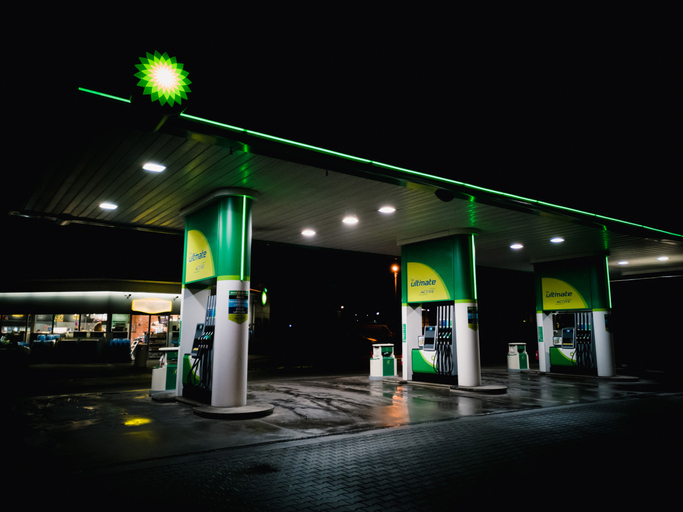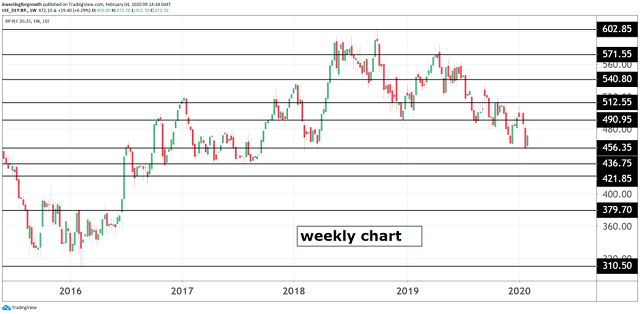Why high-yielding BP is pick of the bunch
A big favourite with income seekers, the oil major has just bounced back from two-year low.
4th February 2020 09:34
by Richard Hunter from interactive investor
A big favourite with income seekers, the oil major has just bounced back from two-year low.

With Royal Dutch Shell (LSE:RDSB) having fired the warning shot last week, and the US oil majors then following suit, it is of little surprise that BP (LSE:BP.) finds itself suffering.
A substantially weaker fourth quarter dragged on what had already been a testing year. Revenues were down 6% in the quarter and 7% in the year, with the replacement cost profit showing plunges of 26% and 21% respectively.
- 10 shares to deliver a £10,000 annual income in 2020
- Time to embrace or avoid this ‘must-have’ stock?
Geopolitical tensions and a volatile oil price inevitably played into the mix, while BP’s outlook comments for the first quarter this year suggest further caution, both in terms of production and margins.
Meanwhile, the important downstream business also showed some weakness, and the company’s own early estimates for the effects of the coronavirus are “demand destruction” of anything up to 500,000 barrels per day across the industry as a whole.
Yet, at the same time, BP is navigating a difficult course with some aplomb.

Source: TradingView Past performance is not a guide to future performance
The company remains a prodigious cash generator, with operating cash flow of nearly $8 billion in the fourth quarter alone, partly enabled by another strong showing from upstream.
The profit number may have slipped but was ahead of expectations, and the target of the latest slew of disposals, amounting to $10 billion, is firmly on track.
Over 2019, the price of oil averaged just over $64, which is comfortably in excess of the base figure of $55 on which BP runs its numbers. As such, the company is anticipating a reduction in both net debt and gearing, to the extent that it is comfortable to maintain its progressive dividend policy and hike the payment again.
The issue of shareholder returns is one which BP guards jealously, and, aside from the increase in the dividend – which will add to the existing and highly attractive 6.9% yield – the company was able to complete its share buyback programme over the course of the year, lending further support to the key share price metrics.
The previous third-quarter update had presaged a weaker overall result, with the share price reacting accordingly. Over the last year, the shares have lost some 13%, missing out on a wider FTSE 100 index rally of 4.2% over that period, and, with broad economic concerns currently in play, the shares have dipped 9% in the last three months alone.
Even so, and despite the difficulties, among the oil majors BP’s performance was arguably the pick of the bunch. This tends to vindicate the stock being the marginally preferred play in the sector at present, with the market consensus of the shares as a “strong buy” underlining investors’ longer-term confidence in the company.
These articles are provided for information purposes only. Occasionally, an opinion about whether to buy or sell a specific investment may be provided by third parties. The content is not intended to be a personal recommendation to buy or sell any financial instrument or product, or to adopt any investment strategy as it is not provided based on an assessment of your investing knowledge and experience, your financial situation or your investment objectives. The value of your investments, and the income derived from them, may go down as well as up. You may not get back all the money that you invest. The investments referred to in this article may not be suitable for all investors, and if in doubt, an investor should seek advice from a qualified investment adviser.
Full performance can be found on the company or index summary page on the interactive investor website. Simply click on the company's or index name highlighted in the article.